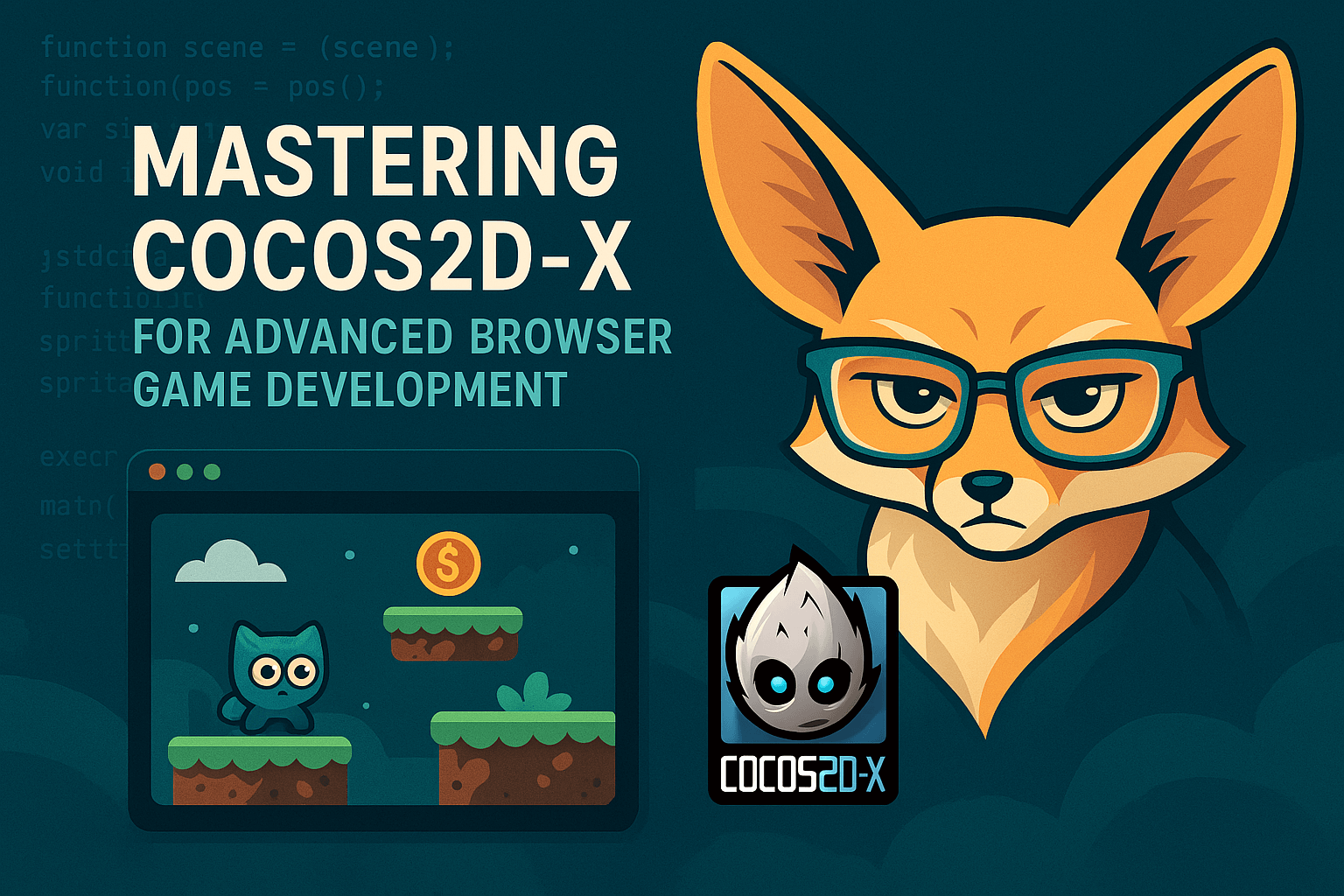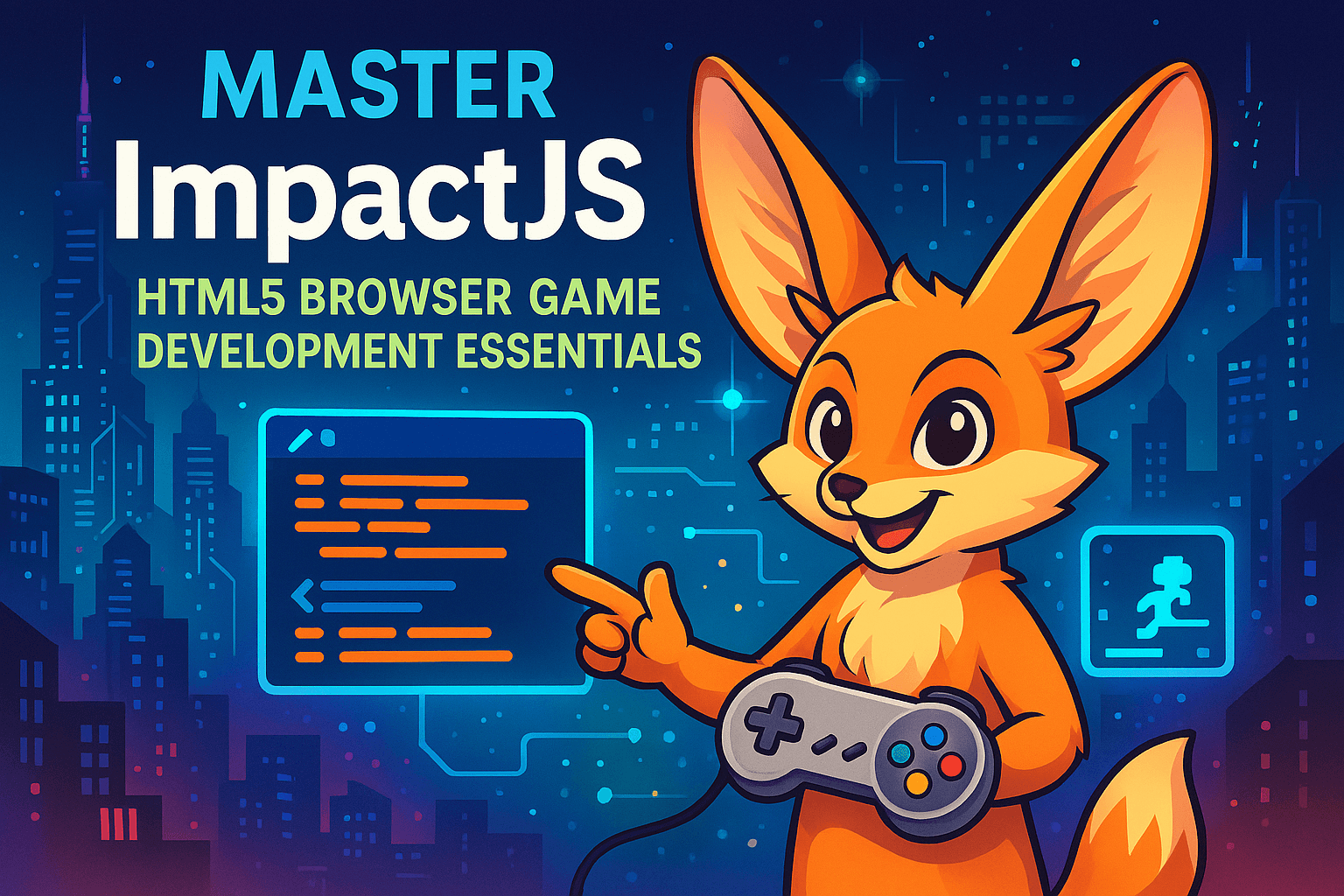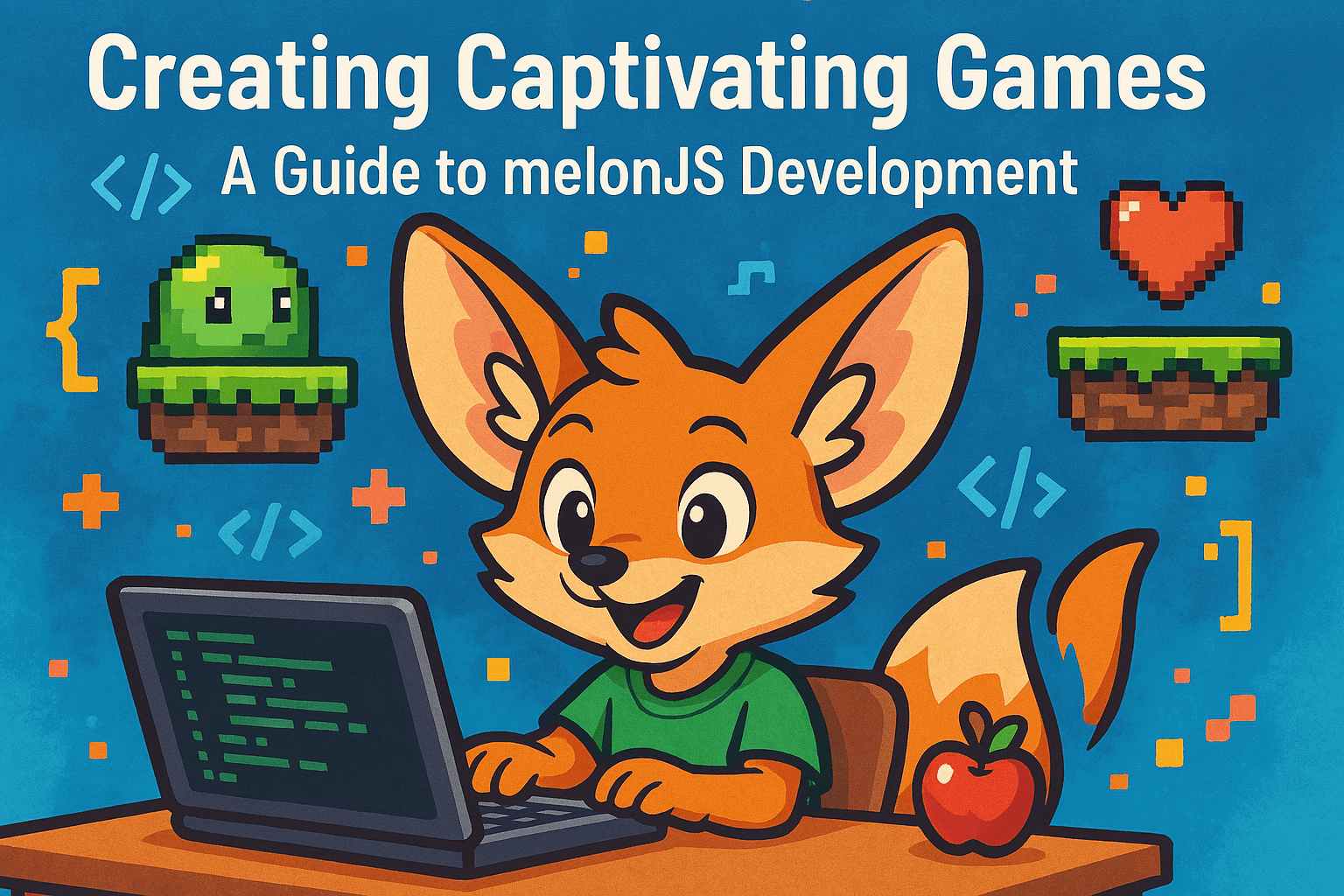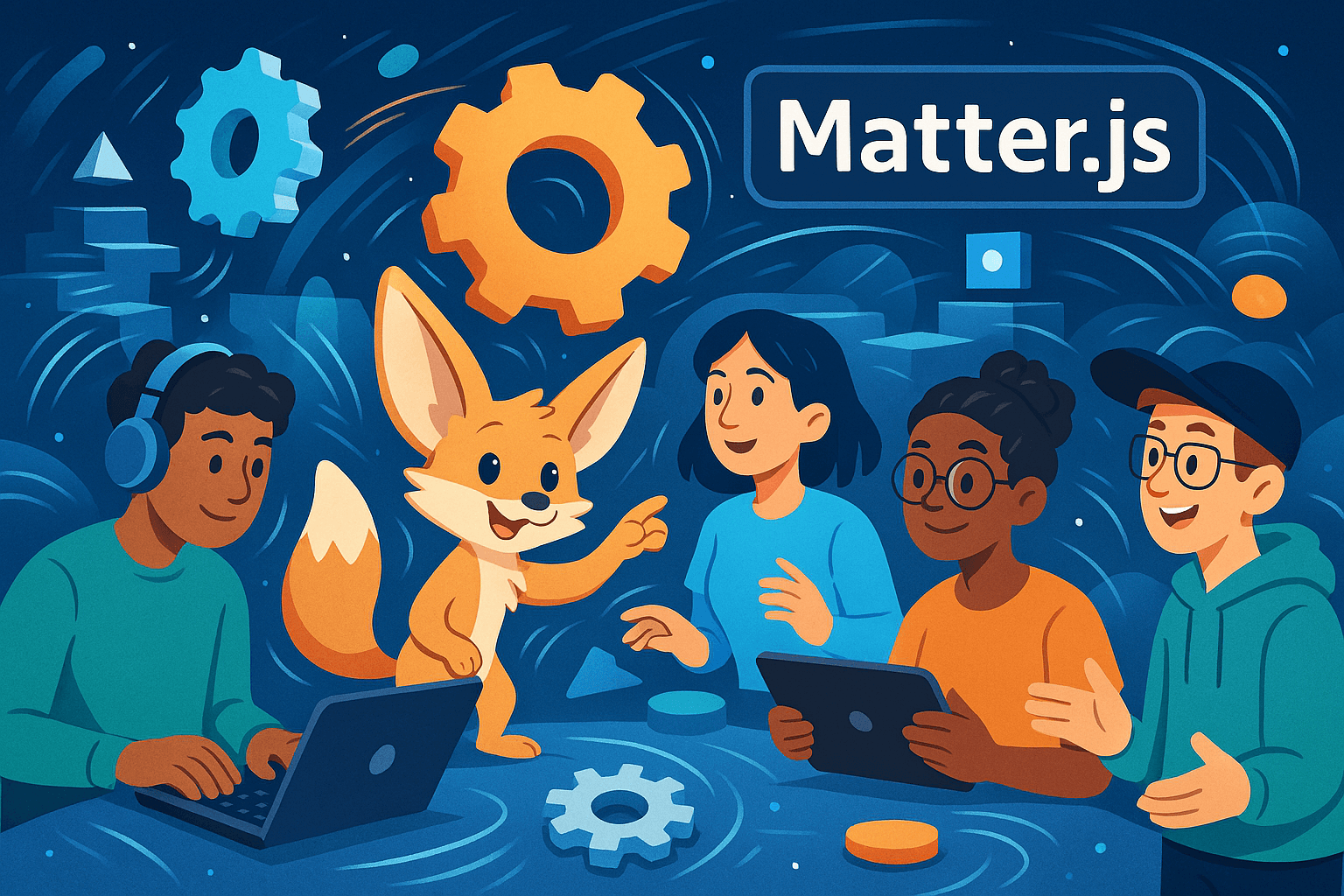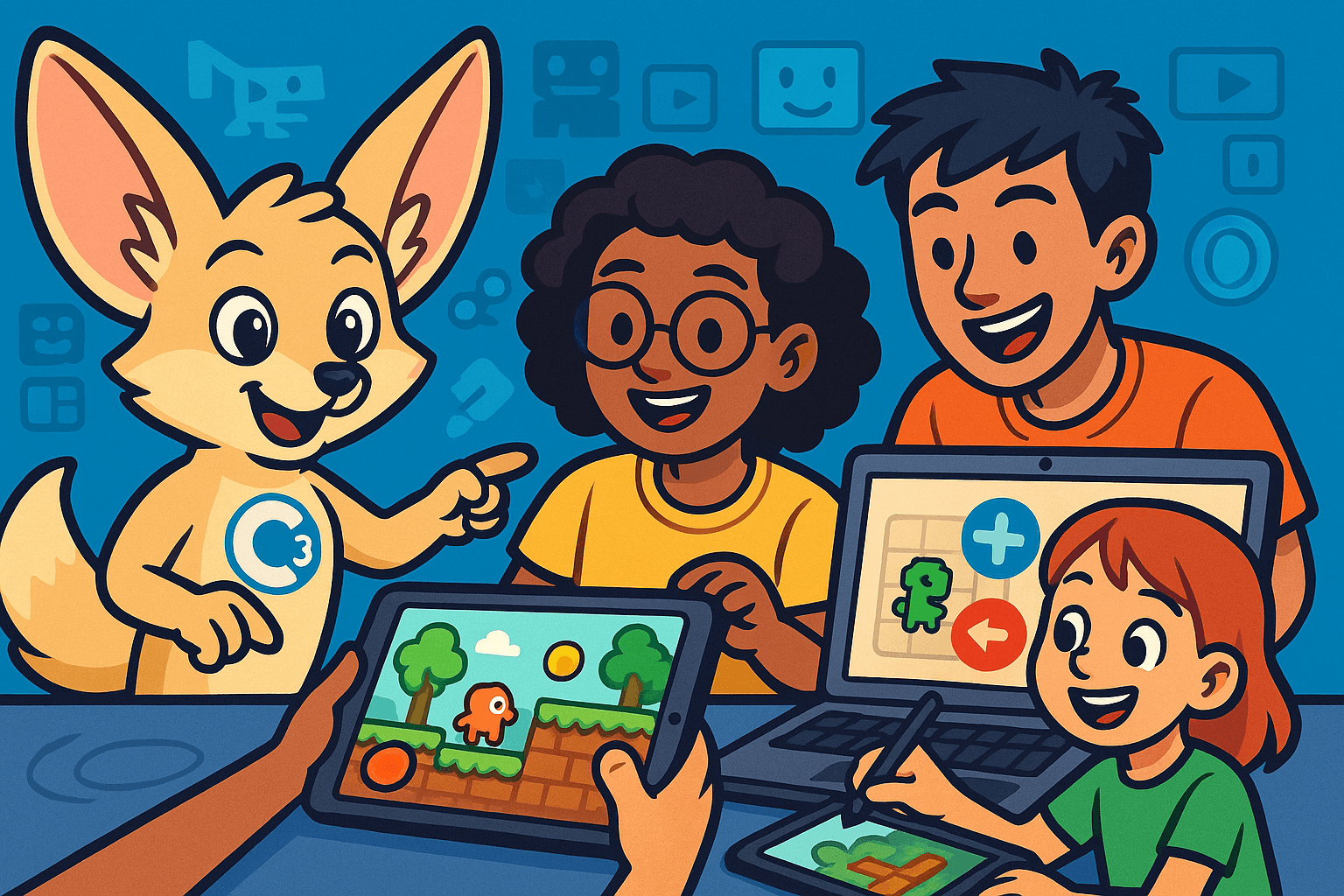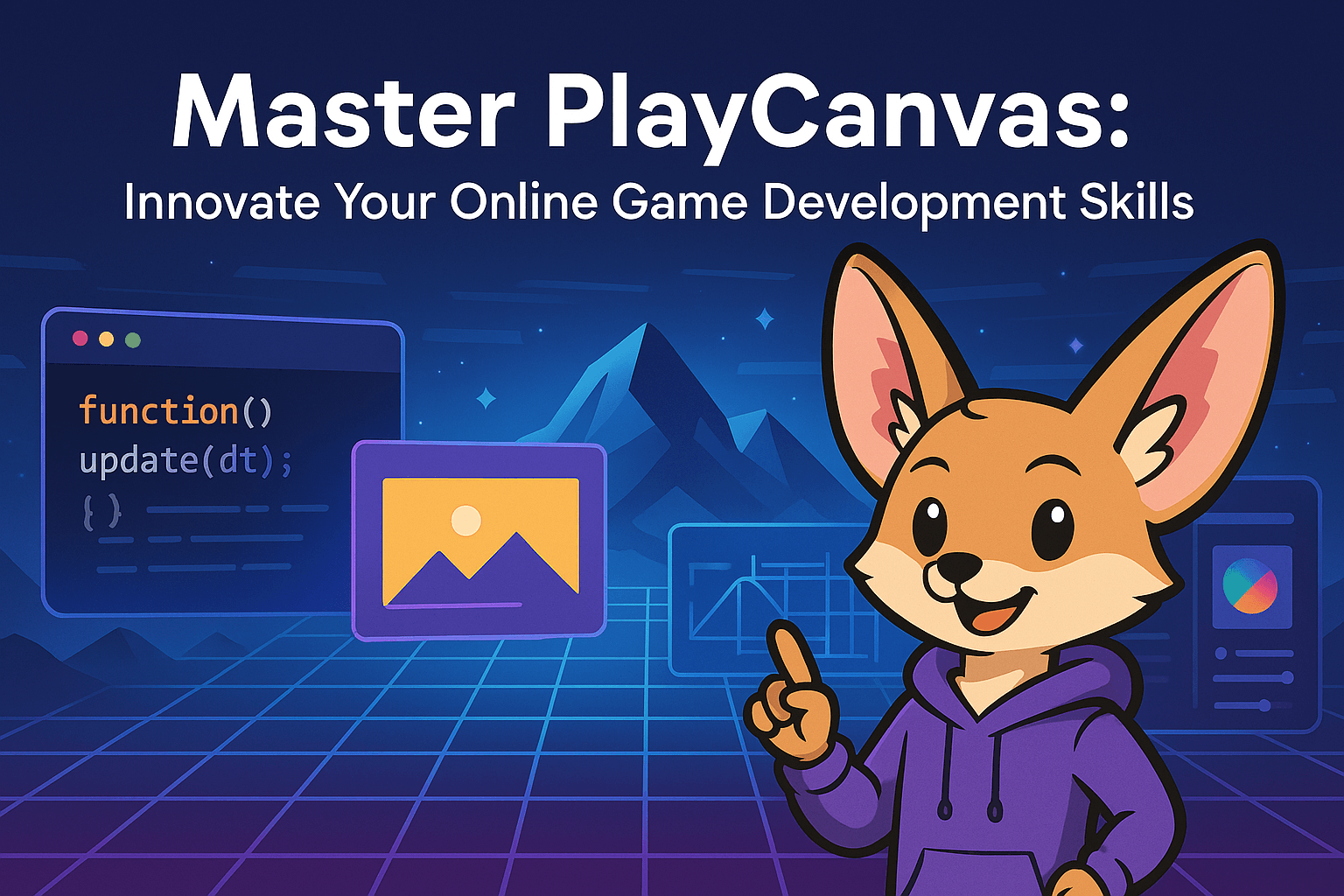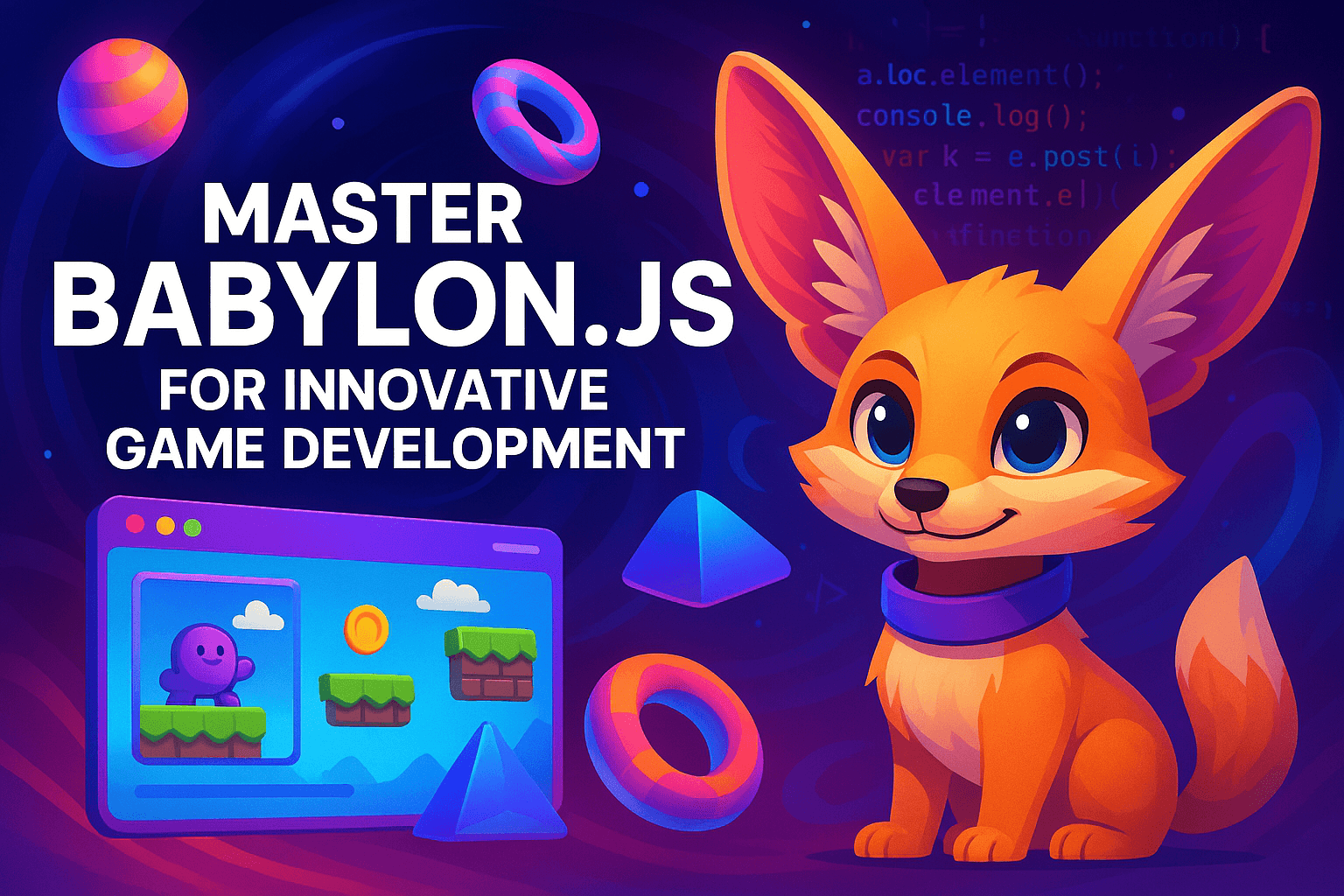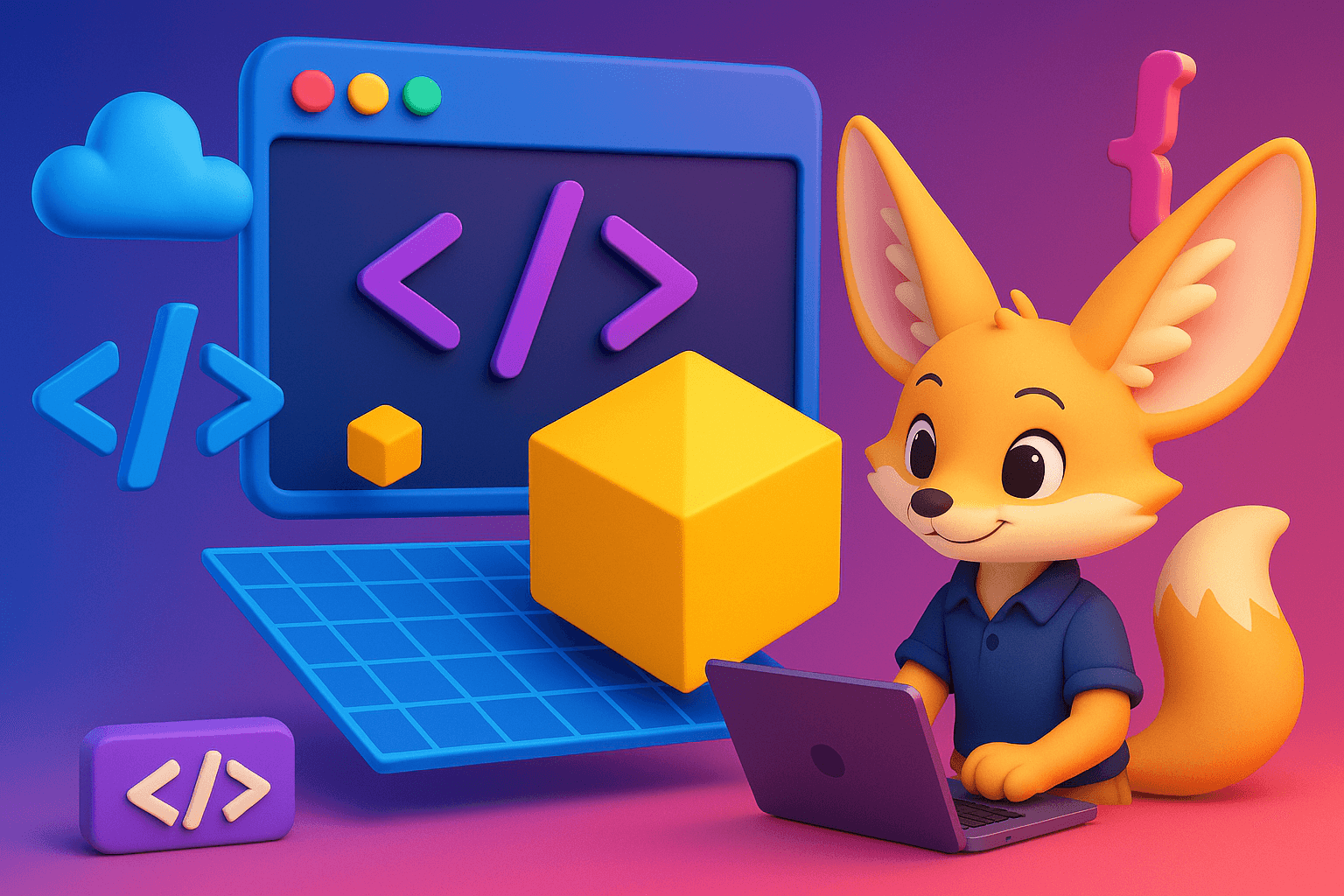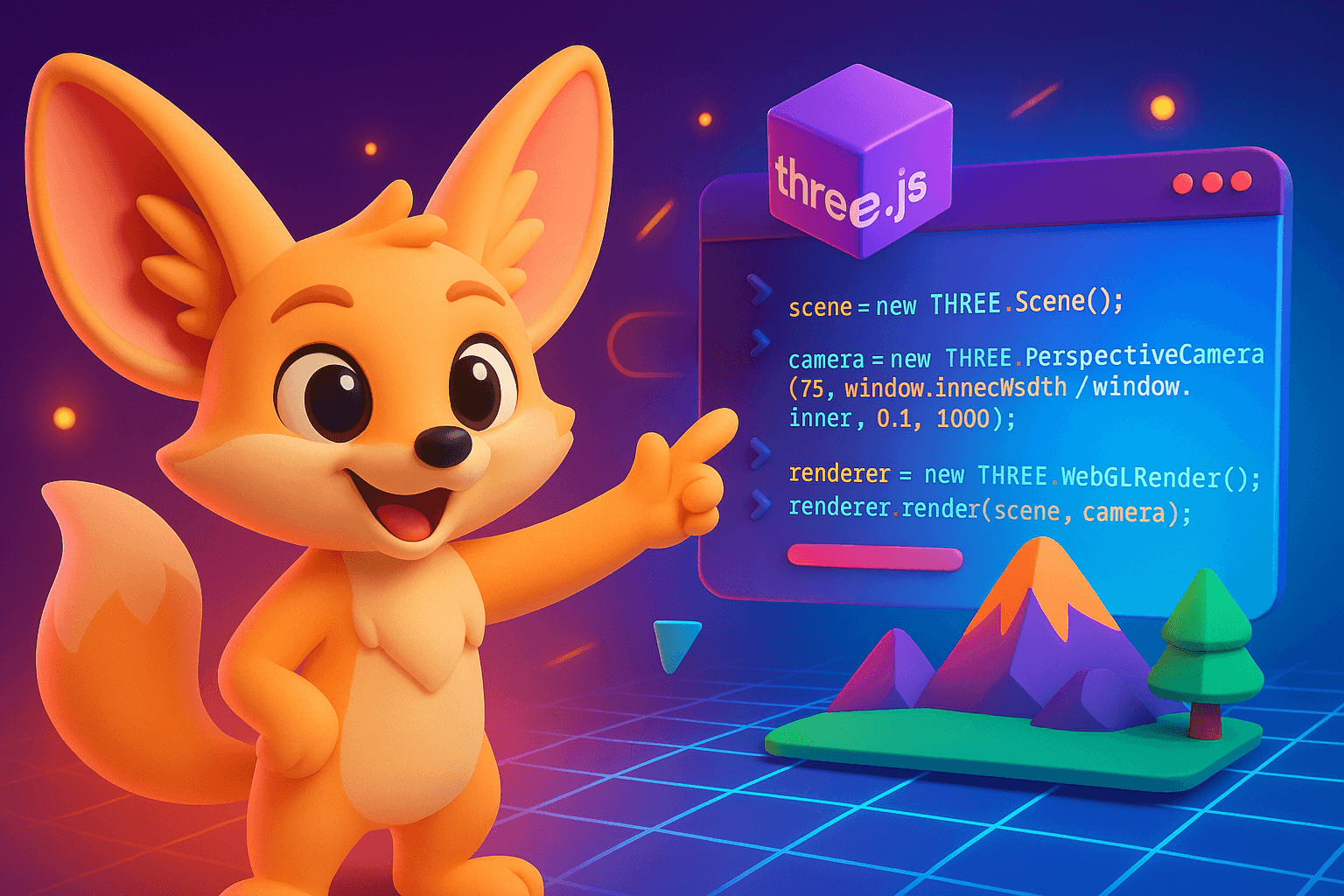Step into the world of advanced Cocos2d-x browser game development with this expert guide prepared for seasoned developers. As browser technology evolves, stay ahead by mastering cutting-edge techniques for superior game architecture, performance optimization, and cross-platform excellence. This comprehensive article delves into custom shaders, memory management, adaptive LOD systems, and more, equipping you with the tools to craft standout browser games. Elevate your game development prowess and prepare for success in a competitive digital landscape.
Master ImpactJS: HTML5 Browser Game Development Essentials
The article delves into ImpactJS, a premier HTML5 game engine, highlighting its enduring relevance in evolving browser game development. It outlines ImpactJS’s architecture and tools, such as the entity-component system and Weltmeister level editor, emphasizing how these features facilitate the creation of performance-optimized, device-agnostic games. The text also explores strategic insights for leveraging ImpactJS in educational and commercial settings, enhancing developer proficiency and business outcomes. Mastering ImpactJS offers a competitive edge for crafting innovative, cross-platform gaming experiences that captivates players globally.
Master Animation & Graphics with CreateJS Libraries
Dive into the world of web animations with CreateJS, a comprehensive suite of JavaScript libraries that empower you to create dynamic, interactive HTML5 content. This expert guide reveals the capabilities of EaselJS, TweenJS, SoundJS, and PreloadJS, detailing their applications in crafting animations, game audio, and responsive graphics. Learn how CreateJS’s unique blend of modularity and performance optimization sets it apart from competitors, making it an essential tool for developers aiming to push creative boundaries in the competitive digital landscape.
Creating Captivating Games: A Guide to MelonJS Development
Explore the power of MelonJS, a lightweight HTML5 game engine revolutionizing independent game development. This in-depth guide reveals how to harness MelonJS’s robust 2D capabilities to create captivating games from setup to publication. Dive into MelonJS’s features like integrated physics, sprite management, and more, ensuring accessible and rapid development. Enhance performance and optimize your game for web and mobile platforms, ultimately transforming your gaming ideas into reality with technical precision and creative flair. Perfect for web developers transitioning into game creation.
Enhance Game Experience with Matter.js Physics Engine
Discover the significant impact Matter.js can have on game development with its powerful, JavaScript-based 2D physics engine that operates seamlessly in browsers. This engine simplifies physics implementation without an extensive background in the subject, making it ideal for developers at any skill level. The article delves into Matter.js’s core modules, integration techniques, and highlights its customization potential for creating complex simulations. Engage with a thriving community and elevate game projects efficiently with Matter.js, enhancing gameplay across platforms with realistic physics.
Create Construct 3 Games Easily Without Any Coding Skills
Unlock your game development potential instantly with Construct 3, the no-code revolution eliminating traditional programming roadblocks. Ideal for artists, storytellers, and educators, this platform empowers over 2 million creators to design games via an intuitive visual interface. Dive into browser-based, real-time collaboration and monetize your creations effortlessly. Whether you’re a beginner or seasoned indie developer, Construct 3 transforms your game ideas into reality, unleashing creativity without the coding complexity.
Master PlayCanvas: Innovate Your Online Game Development Skills
Dive into the future of web-based gaming with PlayCanvas, an innovative HTML5 engine reshaping how we develop and experience interactive content. Designed for seamless browser integration across devices, PlayCanvas offers a collaborative, no-installation-needed platform, perfect for both novice and seasoned developers. Master real-time collaboration, optimize performance using WebGL, and explore advanced features like PBR and WebXR. Unleash creativity with flexible monetization options, support for cross-platform deployment, and a vibrant community ready to elevate your projects. PlayCanvas is your gateway to pioneering game development in the evolving digital landscape.
Master Babylon.js for Innovative Game Development
Explore the transformative power of Babylon.js, a leading JavaScript framework revolutionizing web-based 3D game development. This article delves into how Babylon.js marries performance with accessibility, offering capabilities like VR integration, advanced lighting, and physics simulations. Highlight its distinctive features such as PBR Materials, Node Material Editor, and WebXR Support, while guiding developers through optimizing techniques to enhance game performance. Learn from real-world applications across various sectors that leverage Babylon.js for creating immersive experiences. Embrace future trends like WebGPU and AI-assisted development, ensuring projects stay ahead in innovation.
Master Three.js for Browser-Based Game Development
Discover how Three.js is reshaping browser-based game development, turning flat online spaces into engaging 3D worlds. This comprehensive guide covers everything from unleashing Three.js’s potential, optimizing performance, integrating physics, to setting up a robust development environment. Dive into the essential features for game development, leverage community support, and explore monetization opportunities with Playgama Partners—all while delivering console-quality games directly in browser tabs. Perfect for developers eager to push web-based gaming boundaries.
Master Browser-Based Game Development with Three.js
Discover the transformative power of Three.js in browser-based game development, where immersive 3D games transcend the limits of traditional web applications. This article delves into how Three.js bridges the gap between WebGL’s complexity and developer-friendly design, allowing for cross-platform compatibility with stunning visual potential. From setting up your development environment to mastering geometry, lighting, animation, and physics integration, unlock the tools needed to optimize performance and publish your masterpiece. Join the revolution of creating accessible, thrilling 3D experiences right in the browser.
